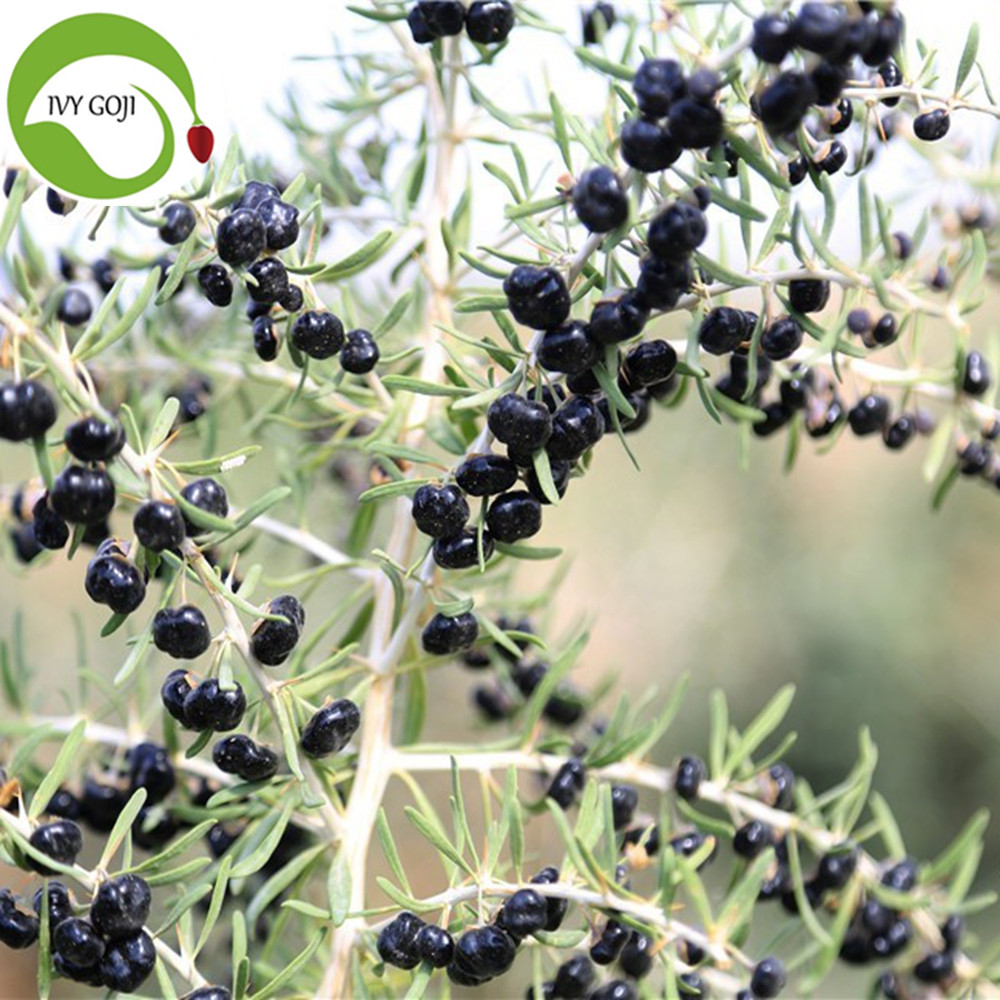Black Wolfberry is the natural Anthocyanin content highest plant, far beyond the King of Anthocyanins--Blueberry, which have a strong antioxidant and resistance to free radicals, beauty, protection against radiation, eye eyesight, prevention of cancer.
Black Goji Berry's Function:
1.Beauty and anti-aging
2.Blood soothe the nerves
3.Natural sunscreen resistance radiation
4.Scavenging free radicals, enhance the body
5.Protect liver and enhance vision
Black Goji Berry's Usages:
1. Direct eating or soaking
2. Adults eat about 5 grams per day Black Berry fruit more suitable
3. Black berry fruit in alkaline water blue, purple in acidic water
Black Wolfberry
Black Wolfberry,Nutritious Black Wolfberry,Black Dried Wolfberry,Organic Black Berries Goji
NINGXIA IVY BIOTECHNOLOGY CO.,LTD , http://www.berries-goji.com